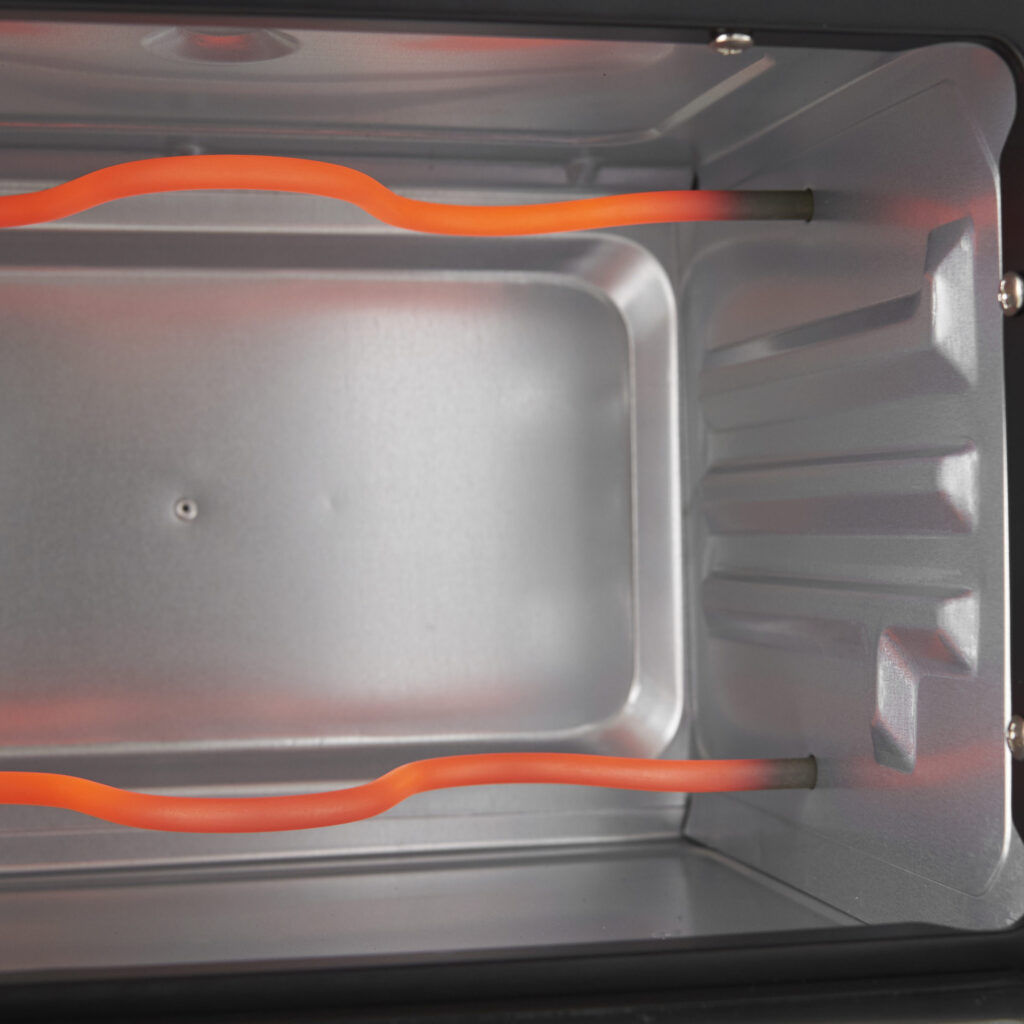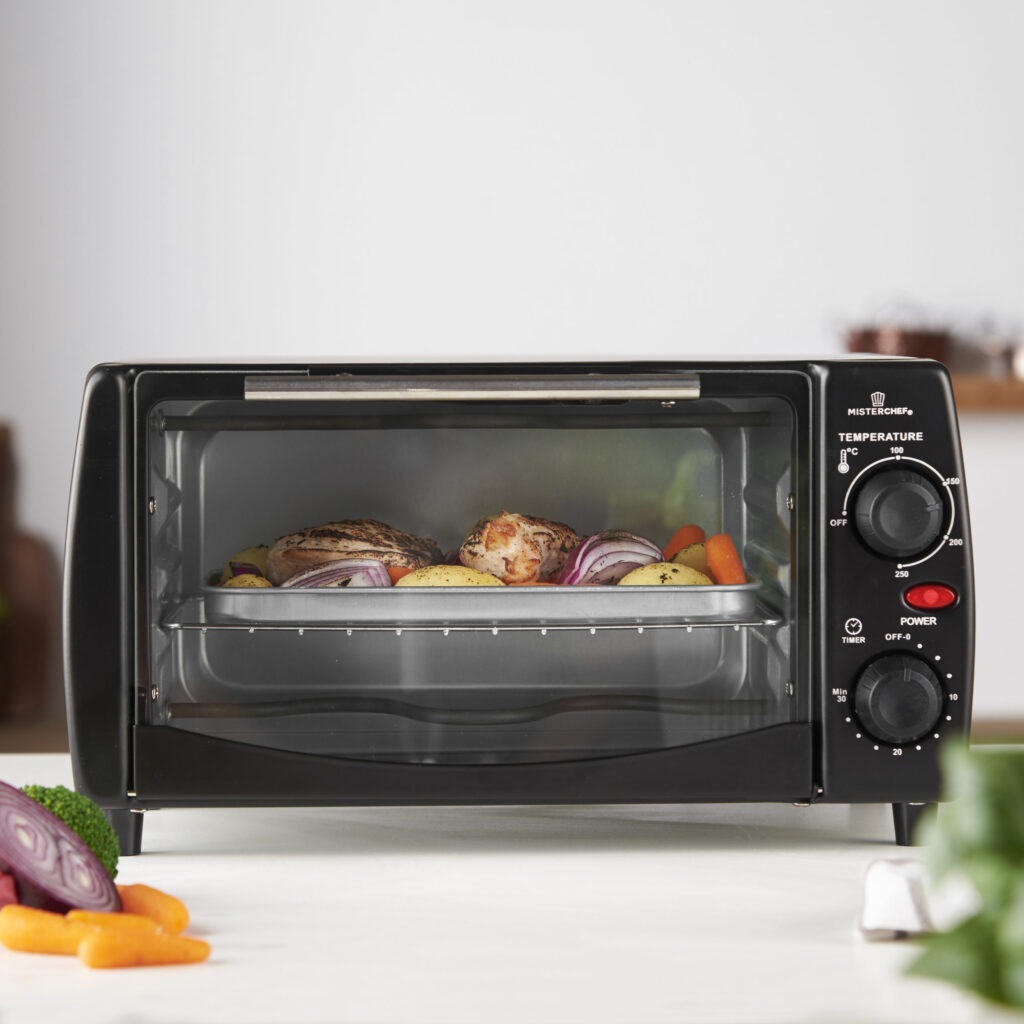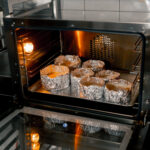If your baked items tend to fall in the middle or do not bake the way they used to, then it’s probably not heating up the way it should be. With time, just like a gas oven, an electric oven does lose its efficacy over time but you don’t need to replace the entire appliance. There are some things you can do. But before doing this, you need to know why your is not heating properly. Here’s why.
Why Is My Electric Oven Not Heating Up?

Here’s a step-by-step breakdown of why your electric oven is not heating up or working properly as expected:
Faulty Heating Oven Elements
The heating element is the part that actually heats up the oven. There are two: one at the top (broil) and one at the bottom (bake). Over time, it can wear out or burn out completely. Open the faulty oven and inspect the bottom and top elements for any visible damage, like cracks, blisters, scorching or uneven glowing when the oven is on. If it looks damaged, burned out or if the light does not glow red, you’ll need to replace the complete heating element. Call a technician to get it done.
Miscalibrated Oven Thermostat
Sometimes, your oven heats up, but not to the temperature you’ve set. You can use an oven thermometer to check if the actual temperature matches what you’ve set. If the set temperature inside is consistently off, you might need to recalibrate the temperature setting. This is something that can be done through the control panel or setting menu, but it varies by model. Check your owner’s manual for instructions on how to calibrate it. If the thermostat cannot be recalibrated, you might need to replace it.
Broken Door Seal
Heat escapes easily if the door seal (gasket) is loose, cracked, or worn out. Inspect the seal around the oven door for any cracks or gaps. If you notice anything, you’ll need to replace the seal. This is super easy and you can do it yourself. You can contact the manufacturer to get a replacement seal.
Defective Oven Temperature Sensor
The oven temperature sensor (the thin tube at the upper back of the oven) works like a thermostat. It communicates with the control board to adjust the heating elements. You can test if the sensor is faulty with a multimeter, and if the sensor shows no continuity, you’ll need to replace it.
Power Supply Issues
Electric ovens require a 240-volt supply to operate correctly. Double-check your circuit breaker to ensure it’s not tripped or supplying partial power. Also, call an electrician to inspect the wiring if you suspect there’s an issue.
Malfunctioning Control Board
The control board is like the brain of your oven. If the board starts to fail, it won’t send the right signals to the heating elements, even if the temperature sensor is working fine. This is more technical and might need a professional to inspect.
Blocked Air Vents
Electric ovens have air vents that help regulate temperature by circulating hot air. The vents can be blocked by pans, trays, or debris. Check for any obstructions in the vents and ensure there is proper airflow inside the oven.
When to Call a Professional
While many oven issues can be diagnosed and fixed at home, some repairs require the expertise of a professional technician. Call for service if:
- You are unsure how to safely replace parts like the heating element or control board.
- You notice electrical issues or inconsistent power supply.
- Your oven’s control board needs to be replaced, as this can be complex and requires specialized tools.
How to Keep Your Electric Oven in Top Condition

To prevent your electric oven from developing heating issues in the future, consider these tips:
Clean the Oven Regularly
Built-up grease and food debris can affect the performance of your oven, especially the heating elements. An easy way to avoid this is to wipe down the oven walls after every few uses. For deeper cleaning, use a mix of baking soda and vinegar.
Avoid Overloading the Oven
Packing your oven with too many dishes can block airflow. It also forces the oven to work harder, which can wear down the components over time. Try not to overload the oven, and ensure there’s enough space around your dishes for heat to circulate.
Use Proper Cookware
Believe it or not, the type of cookware you use can impact your oven’s performance. Use heavy-duty pans or glassware with flat, even bottoms as they distribute heat better. Avoid warped pans or thin, low-quality cookware.
Summary
A malfunctioning electric oven that fails to reach the correct temperature can be frustrating but there are ways to fix it. Just follow the steps above.
Looking to upgrade your kitchen with a reliable, high-performing oven? The MisterChef Electric Oven offers precise temperature control, even heating, and energy efficiency. Shop with us today.







